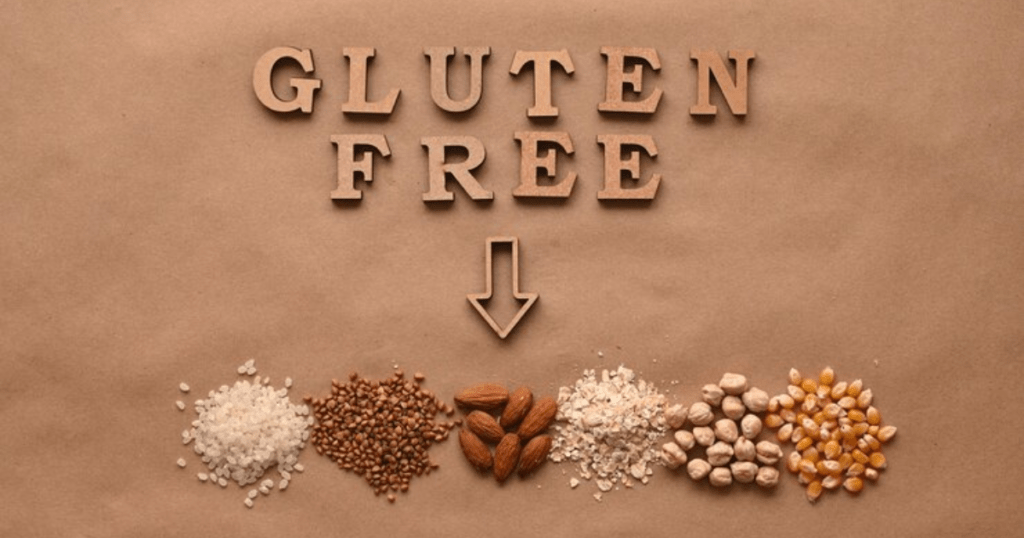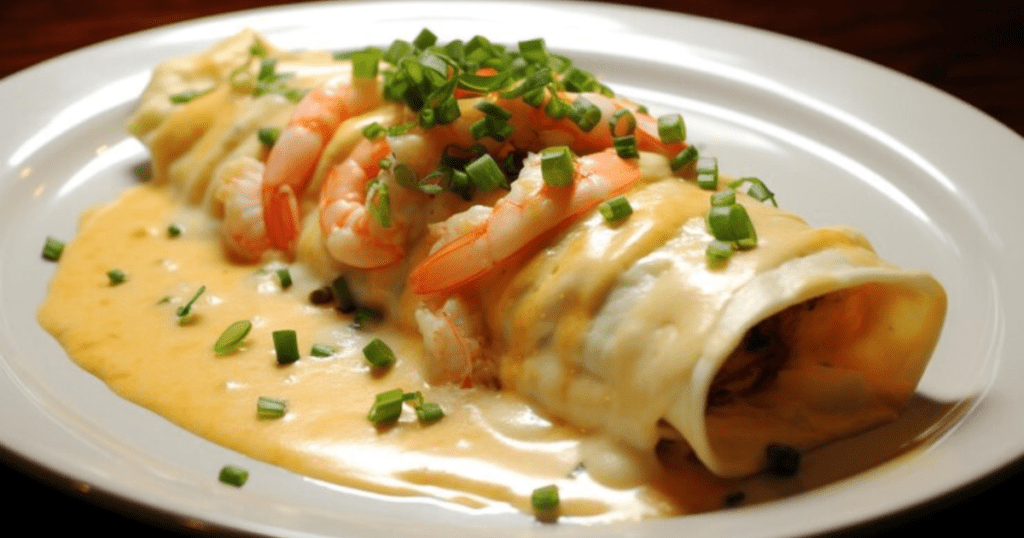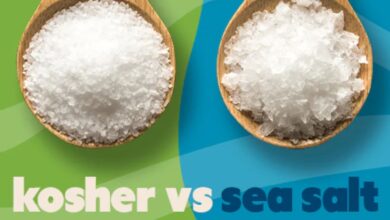Are Grits Gluten-Free? Brands Analysis

Grits are a yummy food that lots of people in the Southern part of the United States really like. They can be made in many different ways and taste really good. But some people are worried about gluten, which can make them sick. So, they want to know if grits have gluten or not. In this article, we’ll talk about whether grits are gluten-free or not, why they’re good for you, how they can fit into diets without gluten, and some tips for enjoying them if you can’t eat gluten.
What Are Grits?
Grits are a famous Southern meal prepared from coarsely crushed maize that is boiled and commonly served as a breakfast or side dish. They have a somewhat gritty texture and a moderate, mildly sweet taste.
Grits can be served savory with cheese, butter, bacon, shrimp, or sausage, or sweetened with sugar, honey, or fruit. They are a versatile meal that may be prepared in a variety of ways and are a popular component of Southern cuisine.
What Are Grits Made Of?
Grits are made from ground wheat, typically hominy corn, which has been treated with an alkaline solution like lye or lime. This method, also known as nixtamalization, softens corn and increases its nutritional value.
The wheat is processed, dried, and ground into a coarse or fine powder, depending on the desired texture of the grits. Grits are a classic cuisine in the Southern United States, and they can be either salty or sweet.

Different Types of Grits
There are several different types of grits available, each varying in texture and processing method:
- Stone-ground Grits: Stone-ground grits are produced by grinding dry maize kernels between huge stones. Stone-ground grits preserve more of the corn’s inherent flavor and texture, yielding a somewhat coarser texture than other kinds.
- Hominy Grits: Hominy Grits are prepared from hominy corn, which has been treated with an alkali solution like lye or lime. This method softens the corn and removes the hull, yielding a smoother texture and somewhat different flavor than regular corn grits.
- Quick Grits: These grits are treated to cook faster than ordinary stone-ground grits. They are generally created by pre-cooking the corn before drying and grinding it, producing in a finer texture that cooks faster.
- Instant Grits: Instant grits are the quickest to make and are often precooked before being dehydrated. They require little cooking time and are ideal for busy people, but they may sacrifice texture and flavor when compared to traditional stone-ground grits.
- Yellow Grits: Yellow grits are manufactured from yellow corn and have a little different flavor than white corn grits. They are popular in the southern United States and are frequently served with savory foods.
- White Grits: White grits are produced with white corn and have a milder flavor than yellow grits. They are commonly used interchangeably in dishes and can be served either sweet or savory.
What is Gluten?
Gluten is a type of protein present in wheat, barley, and rye. It functions as a binding agent, providing dough flexibility and allowing it to rise during baking. Gluten is generally harmless to most people, but it can cause severe responses in those with celiac disease or gluten sensitivity.
Are Grits Gluten-Free?
Grits are made from corn, which doesn’t have gluten. So, plain grits are gluten-free. But sometimes when they make grits, they might use machines or places that also deal with grains that have gluten. This could accidentally mix a little gluten into the grits, so people who can’t have gluten need to be careful.

Health Benefits of Grits
Grits, which are made from ground corn, offer several health benefits:
- Rich in Carbohydrates: Grits are high in carbs, which provide energy for your body and brain throughout the day.
- Low in Fat and Calories: Grits are naturally low in fat and calories, making them a good choice for people controlling their weight or trying to eat a healthier diet.
- High in Fiber: While grits are not as high in fiber as whole grains, they do include a reasonable amount of fiber, which aids digestion and keeps you full, perhaps benefiting in weight management.
- Nutrient Content: Grits provide critical elements like iron, magnesium, phosphorus, and B vitamins, which are beneficial to overall health and well-being.
- Gluten-Free: As previously stated, grits are naturally gluten-free, making them a safe alternative for individuals with gluten sensitivity or celiac disease..
- Versatility: It can be prepared and served in a variety of ways, providing meal planning flexibility and appealing to diverse tastes and dietary needs.
- Help Control Blood Sugar: Grits may help control blood sugar levels due to their fiber content, making them a potentially advantageous choice for people with diabetes or those wanting to manage their blood sugar.
- Supports Heart Health: Grits have no cholesterol and are naturally low in saturated fat, which can benefit heart health when included in a balanced diet.
What Brand of Grits Is Gluten-Free?
1. Bob’s Red Mill:
Bob’s Red Mill, known for its extensive range of gluten-free products, now provides gluten-free grits produced from whole grain corn. Their grits are prepared in a specialized gluten-free facility, reducing the possibility of cross-contamination.
They are high in fiber and nutrients, with a substantial texture suitable for both savory and sweet meals. Bob’s Red Mill takes pride in its commitment to quality and transparency, making it a reliable solution for those with gluten allergies.
2. Palmetto Farms:
Palmetto Farms makes gluten-free stone ground grits with non-GMO corn sourced from local farms. Their grits are milled in a gluten-free facility, which ensures purity and safety for gluten-sensitive people.
Palmetto Farms’ grits have a strong flavor and a creamy texture, making them popular among grits fans. The company’s commitment to quality and traditional stone milling procedures distinguishes them in the gluten-free market.
3. Arrowhead Mills:
Arrowhead Mills provides gluten-free yellow corn grits produced with whole grain corn. Their grits are certified gluten-free and manufactured in a gluten-free facility. Arrowhead Mills takes pride in using high-quality, non-GMO ingredients to provide nutritious and tasty goods.
Their gluten-free grits are versatile and simple to prepare, making them an ideal choice for busy families looking for gluten-free alternatives.
4. Geechie Boy Mills:
Geechie Boy Mill specializes in heirloom corn types, including gluten-free grits prepared using their famous Jimmy Red Corn. Their grits are stone ground in a dedicated gluten-free facility, ensuring purity and safety for people who are gluten sensitive.
Geechie Boy Mill’s grits have a particular flavor profile and creamy texture, which represent the attributes of their heirloom maize. The company’s focus to preserve heritage grains and offering gluten-free choices distinguishes it as a top choice for discerning customers.
5. Hodgson Mills:
Hodgson Mill provides gluten-free corn grits made from high-quality corn sourced from reputable farms. Their grits are made in a gluten-free facility and rigorously tested to fulfill gluten-free requirements.
Hodgson Mill’s gluten-free grits are finely ground and smooth in texture, making them ideal for a wide range of culinary uses. The company’s commitment to quality and safety, together with its emphasis on gluten-free alternatives, makes it a dependable choice for anyone adhering to a gluten-free diet.

Are Quaker Grits Gluten-Free?
Quaker Grits are not certified gluten-free. Grits are naturally gluten-free because they are made from maize, but cross-contamination can occur during processing if they are produced in facilities that also process wheat or gluten-containing items. Unfortunately, Quaker does not certify their grits as gluten-free, therefore there is a potential of cross contamination.
How to Check for Gluten in Grits
To check for gluten in grits, you’ll want to consider a few factors:
- Read the label: Look for gluten-containing components on the packaging. Ingredients such as wheat, barley, rye, or malt indicate the presence of gluten.
- Look for Gluten-Free Certification: Some manufacturers voluntarily submit to gluten-free certification, which includes testing to confirm that gluten levels are below the permissible threshold for persons with gluten sensitivities. Seek out certification seals from respected organizations such as the Gluten-Free Certification Organization (GFCO) or the National Celiac Association’s Gluten-Free Certification Program.
- Check for Cross-Contamination: Even if the ingredients list appears gluten-free, it is critical to consider the possibility of cross-contamination during processing. Look for statements on the label that state whether the product was manufactured in a facility that also handles gluten-containing components. Some brands may disclose information about gluten cross-contamination in their manufacturing processes.
- Contact the manufacturer: If you are unsure whether a particular brand of grits is gluten-free, contact the manufacturer directly. They can provide thorough information on their ingredients, manufacturing procedures, and any precautions taken to avoid cross-contamination.
By taking these criteria into account and completing comprehensive inspections, you may decide whether a certain brand of grits is gluten-free and meets your dietary requirements.

Gluten Sensitivity and Celiac Disease
Gluten is something in some foods that can make some people sick. There are two kinds of problems it can cause: one is called gluten sensitivity and the other is called celiac disease.
Gluten sensitivity, also known as non-celiac gluten sensitivity (NCGS) makes people feel bad when they eat foods with gluten, even if they don’t have celiac disease. They might get a sore stomach, feel tired, or have headaches.
Celiac disease is more serious. It’s like the body’s defense system gets confused and attacks the stomach when it sees gluten. This can hurt the stomach over time. Both problems mean you have to avoid eating foods with gluten to feel better and stay healthy.
Related: Is Hint Water Bad for Your Kidneys?
Final Thoughts
So, grits are like a type of food that doesn’t have gluten in them, which is good for people who can’t eat gluten. But you still have to be careful and pick the ones that are officially gluten-free to make sure they’re safe. You can use grits in lots of different meals and try out new recipes with them, especially if you need to stick to a special diet.
Frequently Asked Questions
What are grits made of?
Grits are constructed of ground maize, a sort of grain. The maize is dried, then ground into tiny bits to form grits. So, if you’re wondering if grits contain gluten, the majority of them do not!
Are all grits gluten-free?
Usually, yes. Plain grits derived from corn are gluten-free since corn does not contain gluten. However, flavored or pre-packaged grits may contain gluten-containing substances, so check the label.
Can people with gluten intolerance eat grits?
Yes, many persons with gluten intolerance or celiac disease can consume grits because they are naturally gluten-free. However, it is critical to exercise caution, particularly with flavored or processed types, as they may contain residues of gluten from added components.
How can I make sure the grits I’m eating are gluten-free?
To ensure that your grits are gluten-free, check the box for any mention of gluten-containing components. Look for “gluten-free” labeling or gluten-free certificates. If you’re eating out and are unclear about the ingredients, ask the server or chef to confirm.
What are some gluten-free toppings for grits?
There are plenty great gluten-free toppings for grits! Try adding cheese, butter, bacon, shrimp, vegetables, or even eggs. Just make sure any additional foods you use are gluten-free to ensure your meal is both safe and pleasant.





One Comment